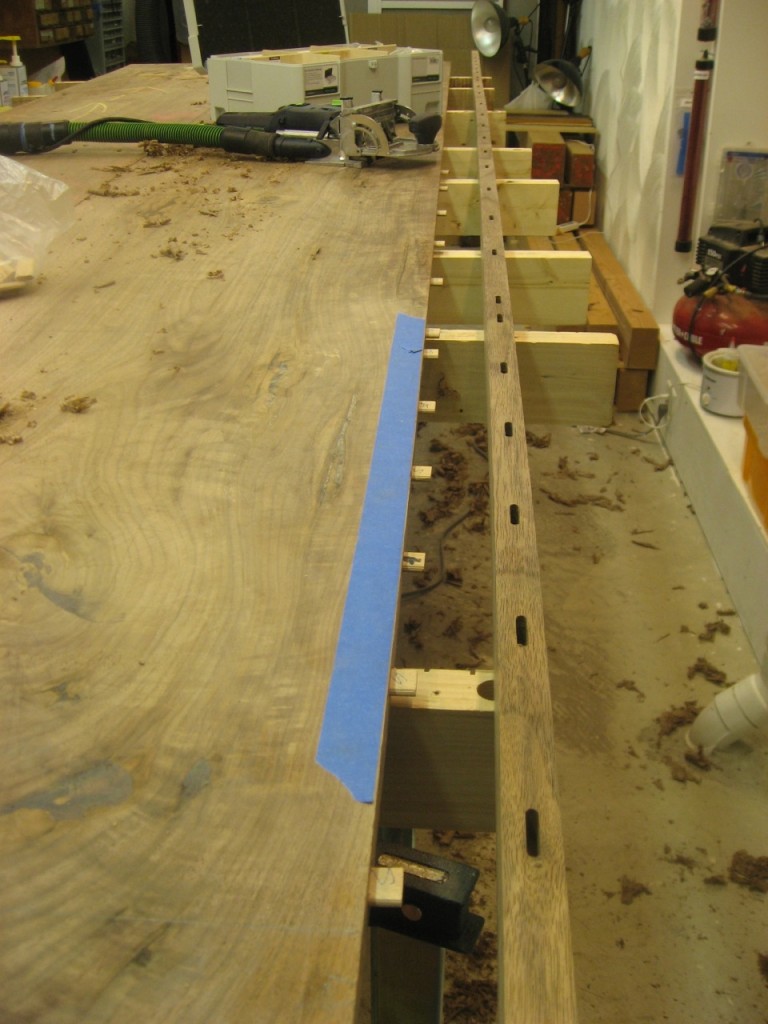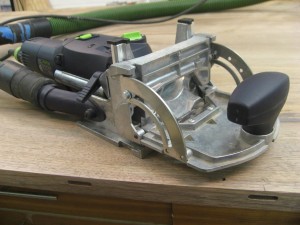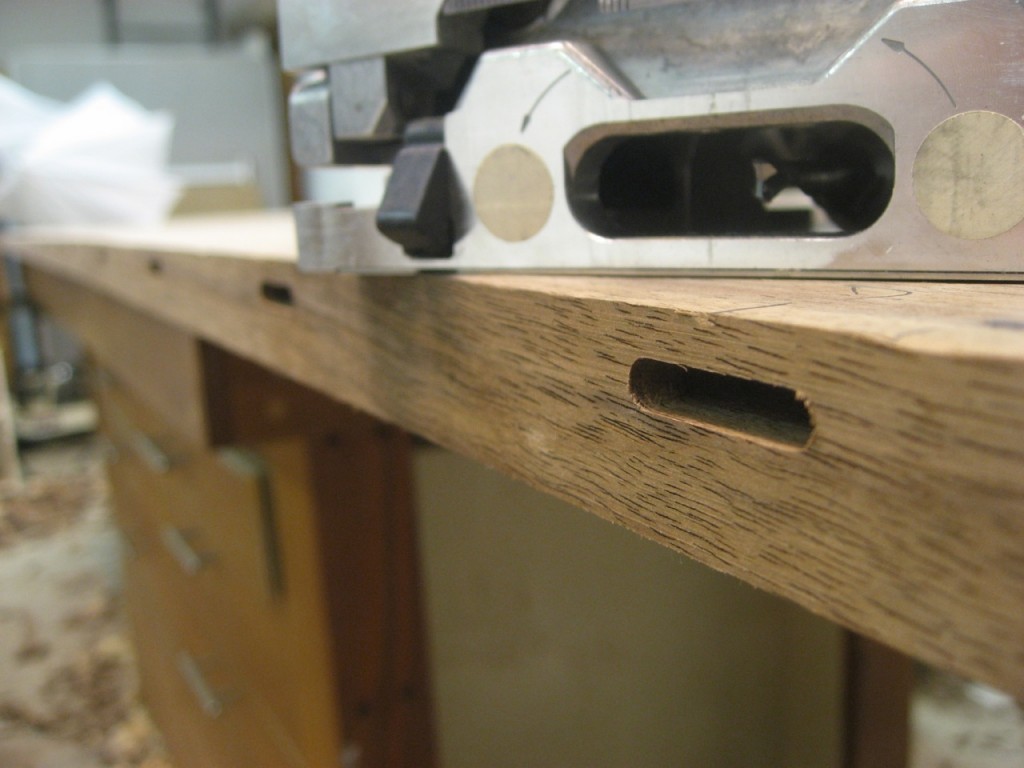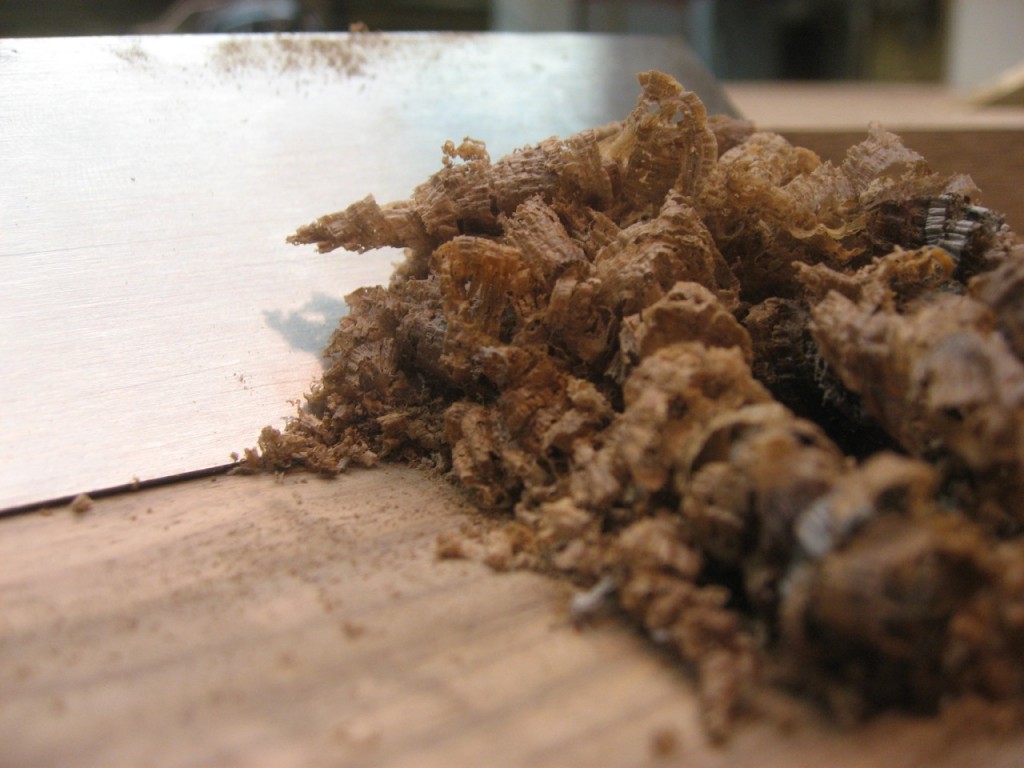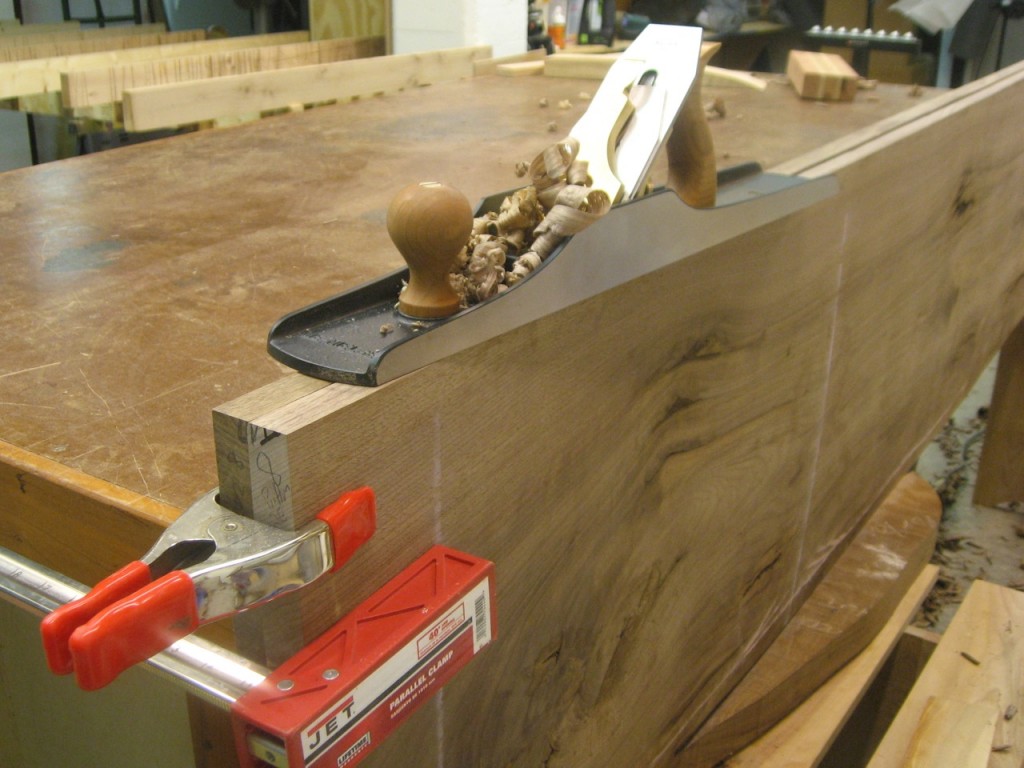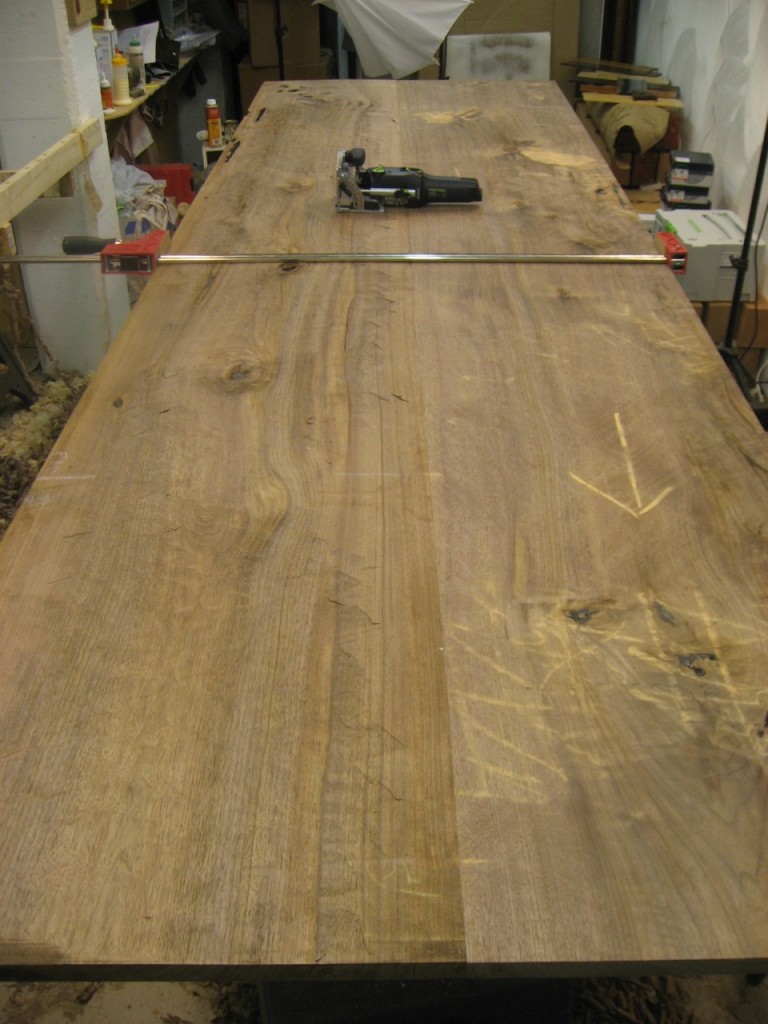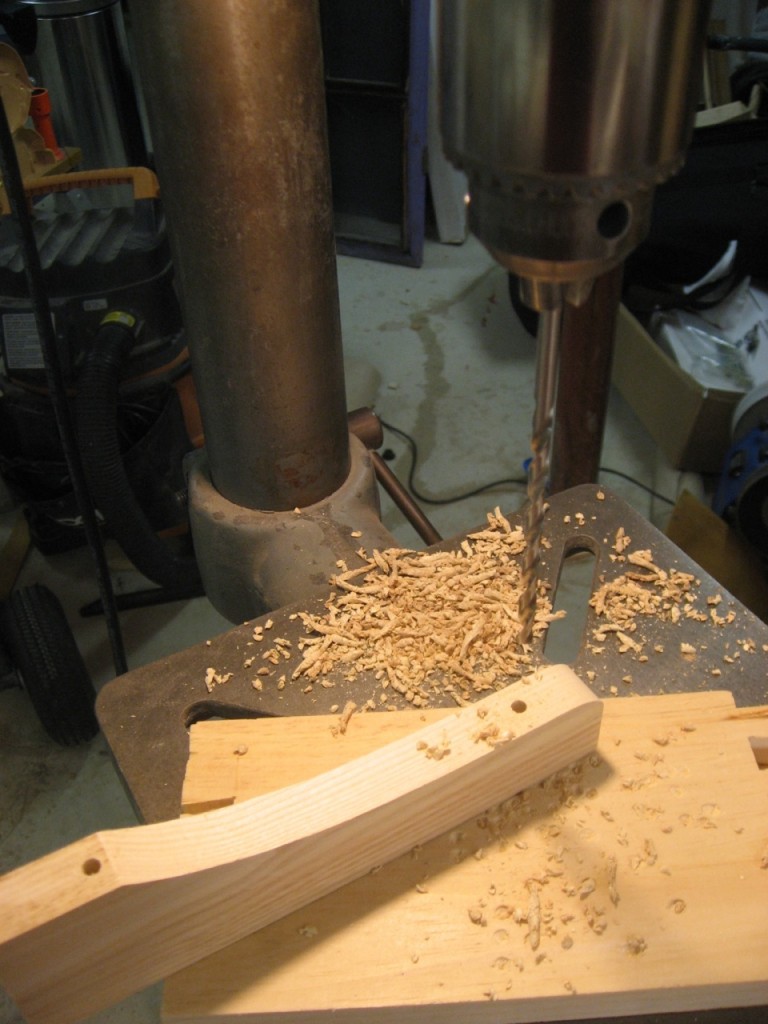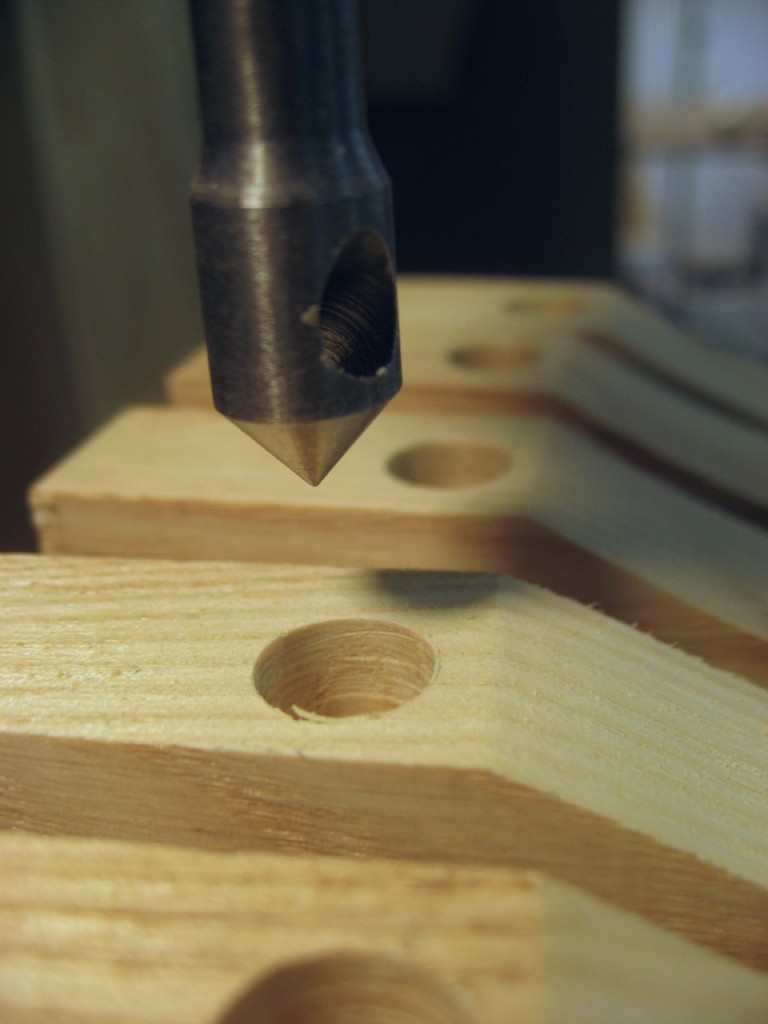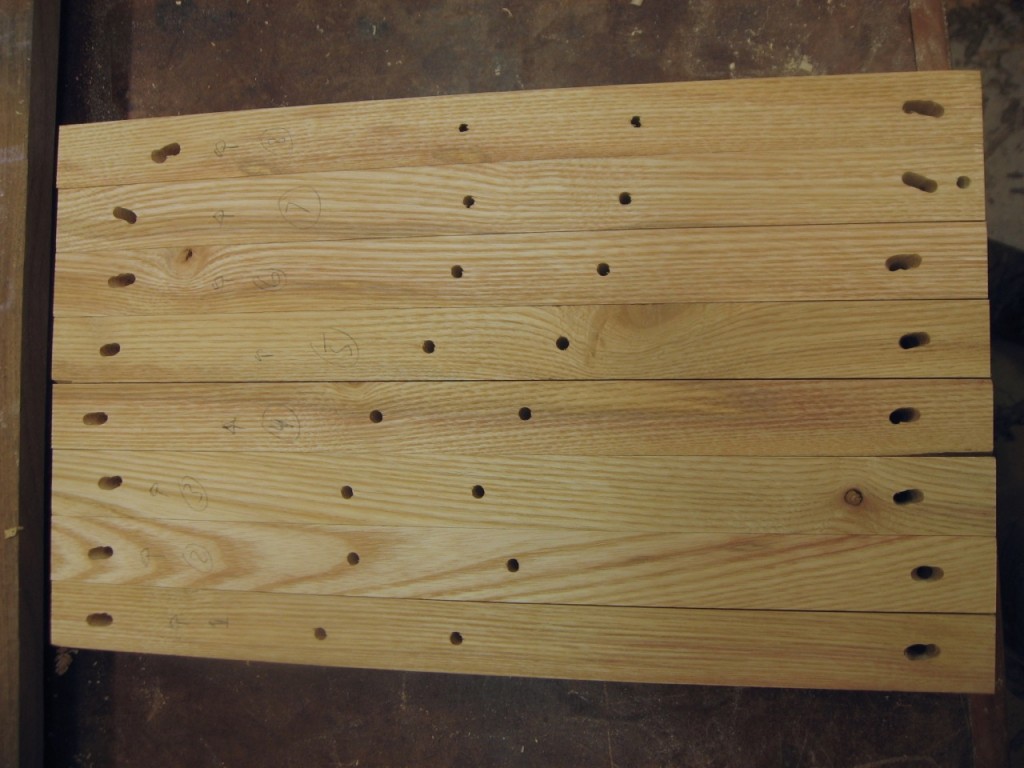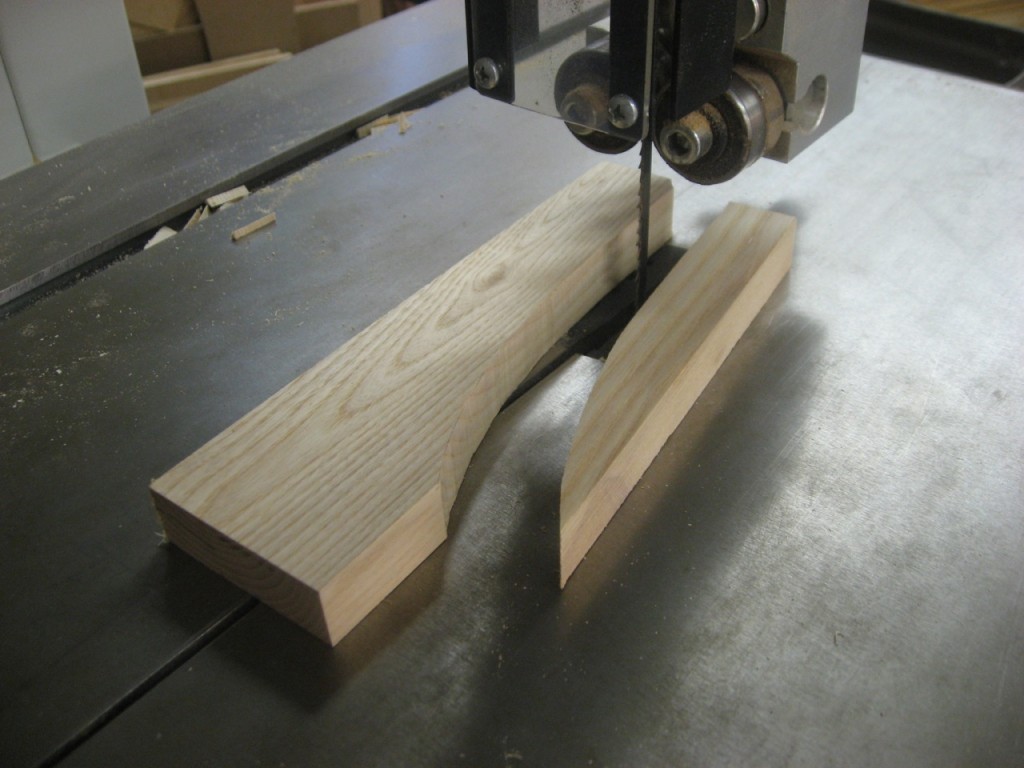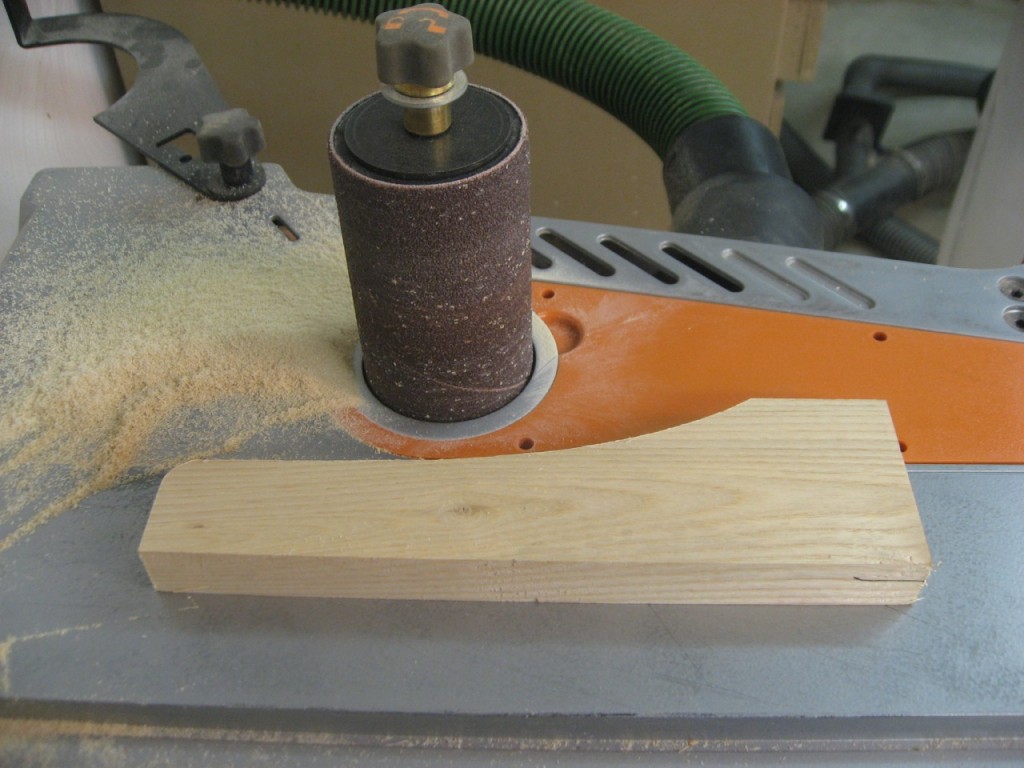I had a recent post about using the Festool Domino as an alignment tool when edge-gluing boards. Here’s another shot of how I use it – this time adding a narrow 2″ border piece. The long grain edge joint doesn’t need any additional strength, but the dominoes help keep everything aligned as I put on the glue and clamps.
Note: The two dominoes spaced closely together are because I’m ripping a leaf off the end of the table at that location (right between them).
When I have narrow pieces to glue-up, I use BowClamps to help distribute clamping pressure.
Morton is a furniture designer + builder working in Harvard, MA. He reviews tools for Highland Woodworking on YouTube. You can also find him on Facebook, Twitter @morton, and his own YouTube channel.

